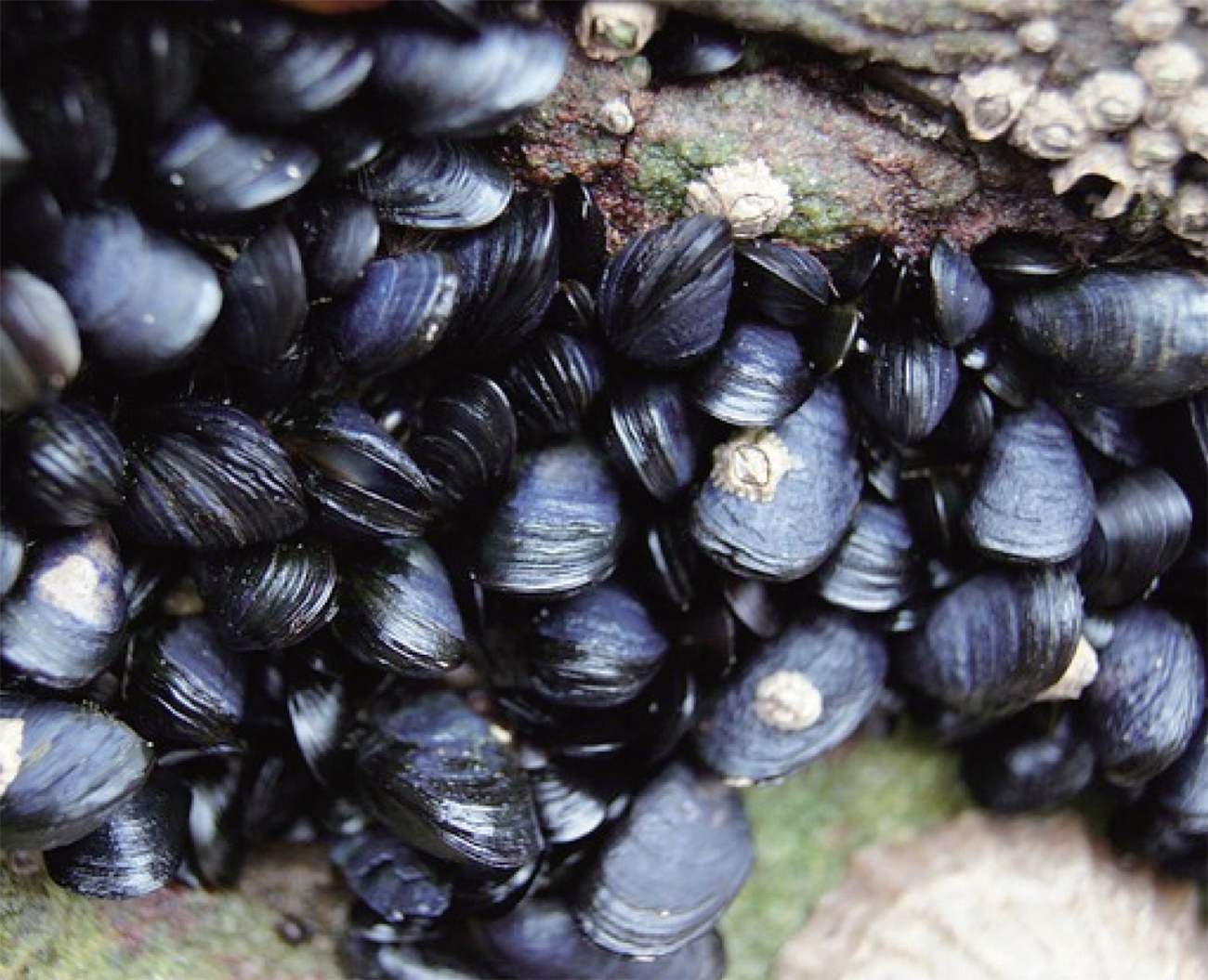- ‘호르몬’으로 불길 막는다

ONLY YOUR BRAIN CAN PREVENT RESIDENTIAL FIRES
A new, entirely nontoxic flame retardant is derived from dopamine.In America, it’s virtually impossible to avoid flame retardants. The chemicals are so ubiquitous that babies are born with it in their blood. Pick up a cushion from your sofa; if it’s like more than half the couches in the country, as much as 30 percent of its weight is made up of flame-retardant chemicals.
Flame retardants are also all over car seats, mattresses, cribs, high chairs, strollers and just about anything else with foam upholstery. A Duke University study in 2014 found flame retardants in the blood of every child it tested, and American women’s breast milk contains 75 times the level of flame retardant of that found in studies of European women, where some of the chemicals are banned. Exposure has been linked to health problems ranging from cancer to preterm birth, as well as lower IQ and attention problems in children. Women with higher levels of flame retardant in their blood take longer to get pregnant, and animal studies have linked the chemicals to lower fertility in men.
The U.S. does not regulate flame retardants’ use, though the Environmental Protection Agency (EPA) is considering it. Of course, the retardants are useful; if your mattress catches fire, these chemicals make it burn slower, potentially giving you time to escape. But as evidence of the retardants’ health effects mount, questions arise about whether the risks outweigh the benefits.
What if, instead of choosing between fire safety or health, you could have both? In September, researchers at the University of Texas at Austin (UT) published their discovery of a flame retardant that is nontoxic and won’t accumulate over time in the bodies of people who come in contact with it. It’s made entirely from the chemical dopamine—the neurotransmitter in our brains associated with reward and pleasure. The researchers took their cue from marine mussels, who secrete a mucus-like “glue” made of dopamine that allows them to stick to nearly any surface, including Teflon, widely considered nonadhesive. The mussel’s “glue” has been the focus of several studies, especially for its use as a bioadhesive; it’s nontoxic, making it attractive for uses in the body, like closing incisions without stitches.
But Christopher Ellison, associate professor in the Cock rell School of Engineering at UT, and his team found that the dopamine-based coating performs wonderfully as a fire retardant. In fact, according to the team’s paper, the dopamine retardant reduces a fire’s intensity 20 percent better than retardants on the market. “We beat them all,” Ellison says.
The dopamine flame retardant is simple to make, and dopamine, synthesized in labs to treat a variety of diseases, is already widely available. “We put dopamine into a beaker of water, change the pH slightly and the dopamine units make longer chain structures spontaneously,” forming a “polydopamine” that immediately bonds strongly to foam, Ellison says. In other words, all you need to do is drop the foam in water, add dopamine and slightly raise the pH level using a product similar to salt. “Nothing has to change about the manufacturing process of foam,” says Ellison.
The polydopamine bonds so well to foam that it won’t leach out, unlike conventional flame retardants that release into the environment easily. Ellison has a young child and says being a parent drove his research. “These are toys that they’re putting in their mouths, things that they are sleeping on.”
Now, he says, his team will try to tweak the process to see if there’s a way to apply the nontoxic flame retardant more quickly. Right now, it requires days of soaking the foam, but he thinks it will be possible to get it down to just hours. He hopes the product will be available in three to five years. As momentum grows in statehouses across the country, and within the EPA, to act on the mounting evidence that conventional flame retardants might do more harm than good, the musselinspired alternative might be available right on time.
‘호르몬’으로 불길 막는다
신경전달 물질 도파민으로 이뤄져 체내 축적되지 않고 독성 없는 난연제 개발돼미국에선 난연제를 피하기가 사실상 불가능하다. 이 화학물질은 우리 주변 곳곳에 깔려 있다. 아기가 태어날 때부터 피 속에서 검출될 정도다. 소파의 쿠션을 집어 들어 보라. 전체 중량의 최대 30%까지 난연성 화학물질로 이뤄진 소파가 미국 내 절반을 넘는다.
난연제는 카시트·매트리스·아기침대·하이체어·유모차 외에도 거의 모든 폼(발포 고무) 소재 제품에 들어 있다. 지난해 듀크대학 조사에선 모든 검사 대상 어린이의 혈중에서 난연제가 발견됐다. 그리고 미국 여성의 모유에서 검출된 난연제 농도는 유럽 지역 조사 대상 여성의 75배에 달했다. 유럽에선 그 화학물질 중 일부가 금지됐다. 난연제에 노출될 경우 암부터 조산에 이르는 신체이상뿐 아니라 아동의 지능저하, 주의력 결핍 문제의 발생률이 높았다. 또한 혈중 난연제 농도가 높은 여성은 임신에 오랜 기간이 걸린다. 동물조사에서도 난연제가 수컷의 생식력 저하와 관련 있었다.
미국은 환경보호청(EPA)이 금지조치를 검토하고 있을 뿐 난연제 사용을 규제하지 않는다. 물론 난연제는 유용하다. 가령 매트리스에 불이 붙을 경우 난연제가 불길의 확산을 늦춰 도피할 시간을 벌어준다. 그러나 인체에 악영향을 미친다는 증거가 늘어나면서 장점보다 단점이 더 많지 않은가 하는 의문이 커진다.
화재시 안전과 건강 중 택일하는 대신 둘 다 얻을 수 있다면 어떨까? 지난 9월 텍사스대학 오스틴 캠퍼스(UT) 연구팀이 새로운 난연제를 발견했다고 발표했다. 독성이 없어 오랜 시간 노출돼도 체내에 축적되지 않는 소재다. 전적으로 화학물질 도파민으로만 구성된다. 도파민은 인간의 두뇌에서 보상·쾌락과 관련된 신경전달 물질이다. 연구팀은 홍합에서 힌트를 얻었다. 홍합은 도파민으로 이뤄진 점액질 같은 ‘접착제’를 분비한다. 비접착성 소재로 널리 알려진 테플론 등 거의 어떤 표면에도 달라붙을 수 있도록 하는 물질이다. 이 홍합 ‘접착제’는 특히 생체접착제로서의 용도 등 여러 분야의 연구 대상이 됐다. 독성이 없어 인체에 사용해도 좋다. 예를 들어 절개 부위를 꿰매지 않고 봉합할 수 있다.
그러나 UT 엔지니어링 스쿨의 크리스토퍼 엘리슨 부교수 연구 팀은 도파민 소재의 코팅이 난연제 역할도 훌륭하게 해낸다는 사실을 알아냈다. 실제로 연구팀의 논문에 따르면 도파민 난연제는 불길의 강도를 억제하는 능력이 시중의 난연제보다 20% 뛰어났다. “우리 제품이 단연 최고였다”고 엘리슨 부교수가 말했다.
도파민 난연제는 만들기도 쉽다. 그리고 도파민은 이미 각종 질병 치료용으로 실험실에서 합성돼 널리 보급됐다. “비커 한 개 분량의 물에 도파민을 넣고 pH(수소이온농도 지수)를 약간 바꾸면 도파민 개체가 자발적으로 더 긴 사슬구조를 만들어 폴리도파민을 형성한다”고 엘리슨 부교수가 설명했다. 폴리도파민은 곧바로 폼에 단단하게 달라붙는다. 다시 말해 폼을 물에 넣고 도파민을 추가하고 소금 비슷한 제품을 이용해 pH 농도를 약간 올리기만 하면 된다. 엘리슨 부교수는 “폼의 제조공정과 관련해 바뀌는 게 아무 것도 없다”고 말했다.
폴리도파민은 폼에 아주 단단히 달라붙어 떨어져 나가지 않는다. 생활 환경에 쉽게 배출되는 기존 난연제와는 다르다. 엘리슨 부교수는 어린 자녀를 둔 부모 입장에서 연구를 이끌었다고 한다. “아이들이 입에 무는 완구, 바닥에 깔고 자는 바닥재가 이런 소재로 만들어진다.”
요즘 그의 연구팀은 공정을 개조해 비독성 난연제 폴리도파민을 더 빨리 입히는 방법이 있는지 알아보려 한다고 그는 말한다. 현재로선 폼에 폴리도파민을 코팅하는 데 며칠 걸린다. 하지만 그것을 불과 몇 시간으로 단축할 수 있다는 생각이다. 앞으로 3~5년 뒤에는 제품이 출시되리라 기대한다. 기존 난연제에 장점보다는 단점이 더 많을지 모른다는 증거가 많아지면서 미국 각지의 주 의회와 EPA 내에서 대안을 찾아야 한다는 목소리가 커지고 있다. 홍합에서 힌트를 얻은 대안이 적시에 등장할 수도 있다.
- ZOË SCHLANGER NEWSWEEK 기자 / 번역 차진우
ⓒ이코노미스트(https://economist.co.kr) '내일을 위한 경제뉴스 이코노미스트' 무단 전재 및 재배포 금지










![면봉 개수 → 오겜2 참가자 세기.. 최도전, 정직해서 재밌다 [김지혜의 ★튜브]](https://image.isplus.com/data/isp/image/2025/12/21/isp20251221000019.400.0.jpg)
![갓 잡은 갈치를 입속에... 현대판 ‘나는 자연인이다’ 준아 [김지혜의 ★튜브]](https://image.isplus.com/data/isp/image/2025/11/21/isp20251121000010.400.0.jpg)



당신이 좋아할 만한 기사
브랜드 미디어
브랜드 미디어
이혜훈 "李정부, 성장·복지·지속성장 국정목표 내 입장과 같아"
세상을 올바르게,세상을 따뜻하게이데일리
이데일리
일간스포츠
‘주사이모 논란’ 입짧은햇님 구독자 이탈 계속
대한민국 스포츠·연예의 살아있는 역사 일간스포츠일간스포츠
일간스포츠
일간스포츠
‘봉황기’ 다시 청와대로…李, 용산 대통령실 시대 마침표
세상을 올바르게,세상을 따뜻하게이데일리
이데일리
이데일리
홈플러스, 익스프레스 분리매각…최대 채권자 메리츠로 쏠리는 눈
성공 투자의 동반자마켓인
마켓인
마켓인
AI신약개발 국내 최초 빅파마와 계약 체결한 갤럭스…베링거가 선택한 이유
바이오 성공 투자, 1%를 위한 길라잡이팜이데일리
팜이데일리
팜이데일리